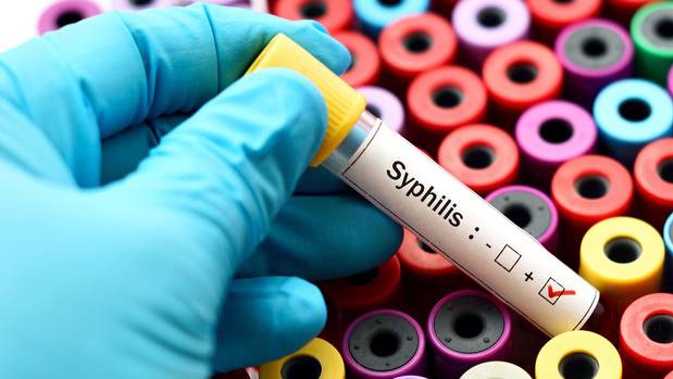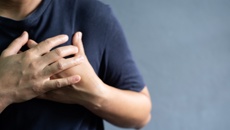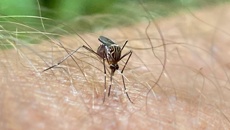It's been worse for Aucklanders, however: 2018 saw 276 cases.
But a general trend shows an increase in syphilis across the country: the Waikato seeing a jump from 10 cases at the end of 2018 to 53 cases as 2019 wrapped up.
Canterbury saw a rise from 39 to 83, while the number of cases in Southland doubled from 12 to 24.
Chlamydia is still the most commonly reported STI in New Zealand, with most cases in those aged 15-29 years.
If you're planning a trip to Auckland for a wild weekend, spare a thought for the fact it's home to the highest number of chlamydia cases reported over the past year: 11,442. Wellington and Christchurch are also breeding grounds for chlamydia, with 3571 and 3134 cases respectively.
Although the cities may be hotbeds for this STI, when cases per 100,000 people are considered, Tairāwhiti, the East Coast region which includes Gisborne, tops the unenviable list with 1002 reported cases per 100,000.
Gonorrhoea has also been steadily on the rise since 2017, with higher rates and increases reported in males than in females.
Young people aged 20-29 is the age bracket most affected by gonorrhoea. Māori and Pacific peoples continue to have higher rates of the infection than other ethnic groups.
So how bad are STIs in your area?
Auckland region
248 syphilis cases
3293 Gonorrhoea cases
11,442 chlamydia cases
Wellington region
75 syphilis cases
513 Gonorrhoea cases
3571 chlamydia cases
Canterbury
83 syphilis cases
547 Gonorrhoea cases
3134 chlamydia cases
Northland
13 syphilis cases
216 Gonorrhoea cases
1036 chlamydia cases
Waikato
53 syphilis cases
401 Gonorrhoea cases
2768 chlamydia cases
MidCentral district
(Palmerston North, Manawatu, Tararua, Horowhenua and Otaki)
17 syphilis cases
83 Gonorrhoea cases
1136 chlamydia cases
Nelson and Marlborough
0 syphilis cases
52 Gonorrhoea cases
674 chlamydia cases










